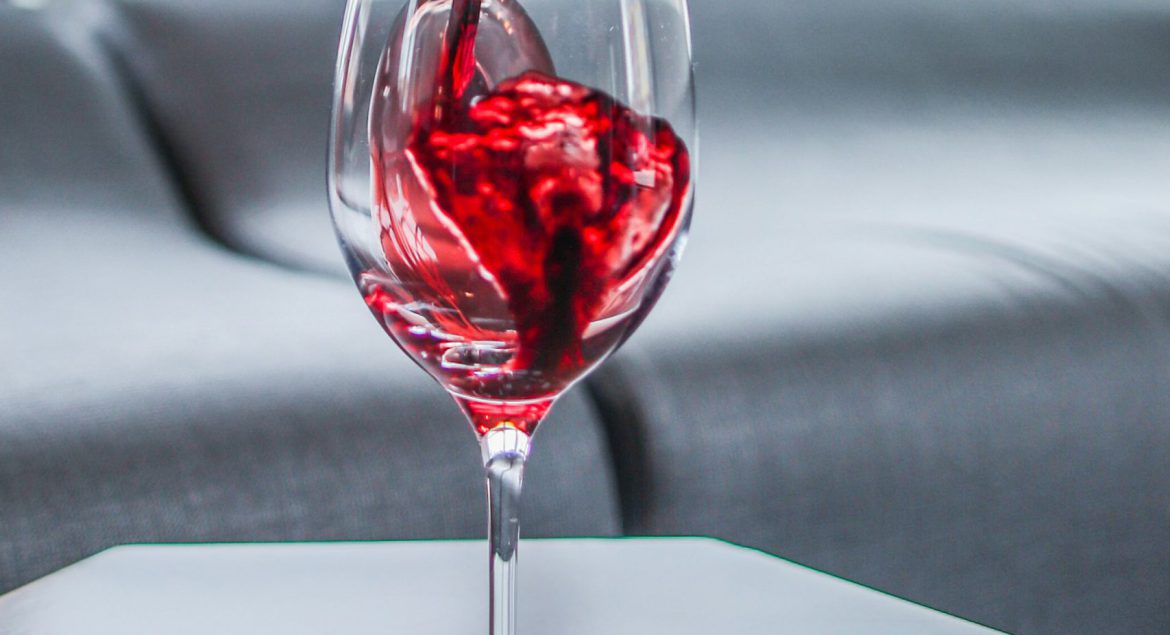
Wine and liquor have been enjoyed for centuries, but with that history comes a fair share of myths and misconceptions. Whether you’re a casual drinker or a connoisseur, you’ve likely encountered some of these myths that can shape how we view and enjoy alcoholic beverages. In this post, we’ll debunk some of the most common wine and liquor myths and set the record straight.
1. Myth: Expensive Wine is Always Better
Reality: Price Doesn’t Always Equal Quality
It’s a common belief that the more you spend on a bottle of wine, the better it must be. While high-quality wines can command higher prices due to factors like limited production, vintage, or brand reputation, there are plenty of affordable wines that offer great value. The taste and enjoyment of wine are subjective, and price alone is not an indicator of how much you’ll enjoy it.
- Tip: Don’t be afraid to explore wines in different price ranges. Many budget-friendly wines are excellent, especially from emerging wine regions.
2. Myth: Red Wine Should Be Served at Room Temperature
Reality: Serve Red Wine Slightly Cooler Than Room Temperature
The advice to serve red wine at “room temperature” originated before the era of modern heating. Today, room temperature can often be too warm for red wine, which can lead to the wine tasting overly alcoholic and flat. Ideally, red wines should be served between 60°F and 68°F (15°C to 20°C), which is slightly cooler than modern room temperatures.
- Tip: Chill your red wine for about 15-20 minutes in the fridge before serving for optimal flavor.
3. Myth: White Wine Should Be Served Ice Cold
Reality: White Wine Should Be Served Chilled, Not Ice Cold
Serving white wine too cold can mask its flavors and aromas, dulling the complexity of the wine. While white wines benefit from being chilled, they should be served at a temperature between 45°F and 55°F (7°C to 13°C), depending on the type of wine.
- Tip: Take your white wine out of the fridge about 10-15 minutes before serving to allow it to warm slightly.
4. Myth: Liquor Doesn’t Expire
Reality: Liquor Can Degrade Over Time
Unopened bottles of spirits like whiskey, rum, vodka, and gin have a long shelf life and can last indefinitely when stored properly. However, once a bottle is opened, the quality can deteriorate over time due to oxidation. While the alcohol won’t spoil or become unsafe to drink, the flavors can become muted, especially for more delicate spirits like whiskey or aged rum.
- Tip: To maintain the flavor of your liquor, store bottles upright in a cool, dark place and try to consume them within a couple of years after opening.
5. Myth: Sulfites in Wine Cause Headaches
Reality: Sulfites Are Unlikely to Be the Culprit
Many people blame sulfites for causing headaches after drinking wine, but this is largely a myth. Sulfites are naturally occurring compounds used in wine production to preserve freshness. While some people do have sulfite allergies, it’s rare, and sulfite reactions usually manifest as respiratory issues, not headaches. More likely culprits for wine-induced headaches are dehydration, alcohol content, and tannins.
- Tip: Drink water alongside wine to stay hydrated and reduce the risk of headaches.
6. Myth: Liquor with a Higher Proof is Always Stronger
Reality: Higher Proof Doesn’t Mean More Intense Flavor
Proof refers to the alcohol content in a beverage, with 100 proof being 50% alcohol. While higher-proof liquors are stronger in terms of alcohol content, this doesn’t always translate to a more intense or better flavor. In fact, some spirits lose complexity and balance at higher proofs, making lower-proof versions more enjoyable for sipping.
- Tip: Choose spirits based on flavor preference rather than proof, and remember that lower-proof options can still pack a flavorful punch.
7. Myth: Red Wine is Best with Red Meat and White Wine with Fish
Reality: Wine Pairing is About More Than Just Color
While red wine with red meat and white wine with fish can be a good general rule, wine pairing is more nuanced than that. It depends on the flavors and textures of the dish as well as the wine. For example, a light red wine like Pinot Noir can pair wonderfully with salmon, while a rich white wine like Chardonnay can complement roasted chicken or pork.
- Tip: Experiment with pairings based on the weight, flavor intensity, and acidity of both the wine and the food for a more tailored match.
8. Myth: All Vodka Tastes the Same
Reality: Vodka Has a Range of Flavors and Textures
Vodka is often thought of as a neutral spirit with little flavor, but not all vodkas are created equal. Differences in base ingredients (wheat, rye, potatoes, etc.) and distillation methods can result in subtle variations in flavor, mouthfeel, and even sweetness. Premium vodkas are often smoother and more refined than budget versions.
- Tip: Try tasting different vodkas side by side to appreciate their distinct qualities.
9. Myth: Ice “Ruins” Liquor
Reality: Ice Can Enhance the Drinking Experience
Some people believe that adding ice to liquor waters it down and ruins the flavor. In reality, ice can help open up certain spirits like whiskey by slightly diluting them, which can bring out new flavors and aromas. The key is using quality ice that melts slowly, like large ice cubes or spheres, to avoid over-dilution.
- Tip: If you prefer your drink chilled but worry about dilution, try chilling the glass or using whiskey stones instead of ice.
10. Myth: You Should Always Let Wine Breathe
Reality: Only Some Wines Benefit from Breathing
Allowing a wine to “breathe” simply means exposing it to air, which can help soften tannins and release aromas, improving the overall drinking experience. However, not all wines need to breathe. Older wines or delicate whites can actually lose their nuances if exposed to air for too long, while young, robust reds can benefit from a little oxygenation.
- Tip: Use a decanter for young, tannic reds to help them open up, but serve older wines straight from the bottle to preserve their subtleties.
Conclusion
Wine and liquor myths can shape our drinking habits, but understanding the realities behind these misconceptions can enhance your overall enjoyment. Whether you’re savoring a glass of wine or mixing a cocktail, keep these debunked myths in mind, and don’t be afraid to try new things. After all, wine and spirits are meant to be enjoyed, not overcomplicated! Cheers to a better understanding of what’s in your glass!


